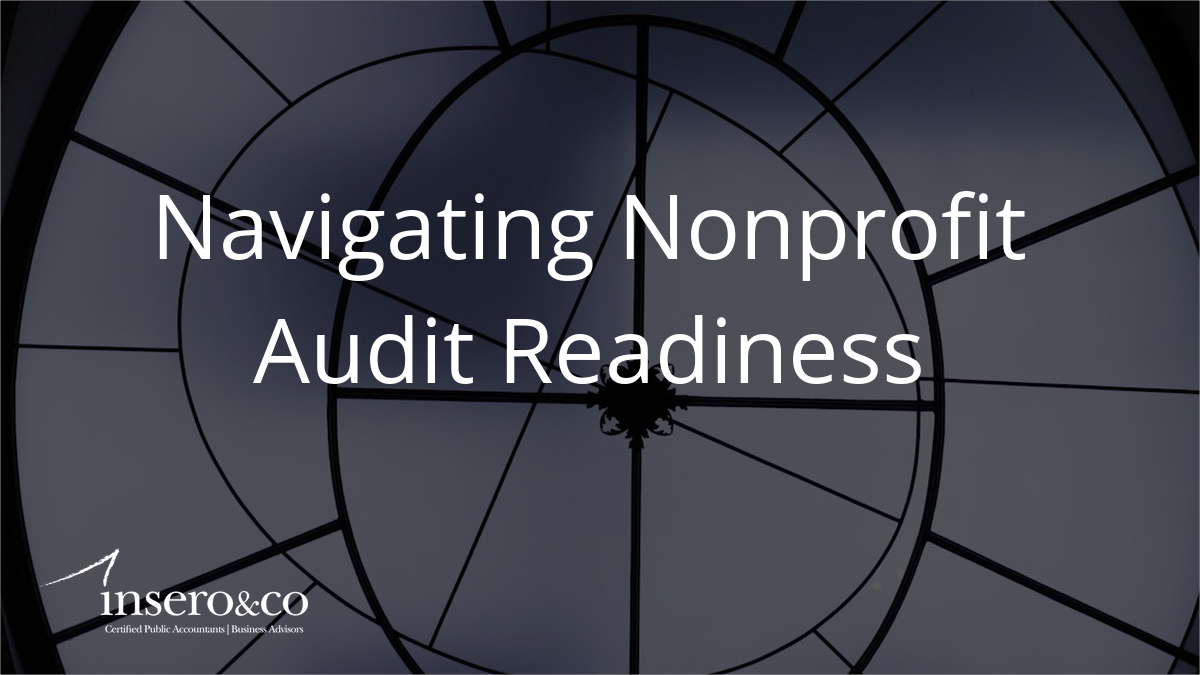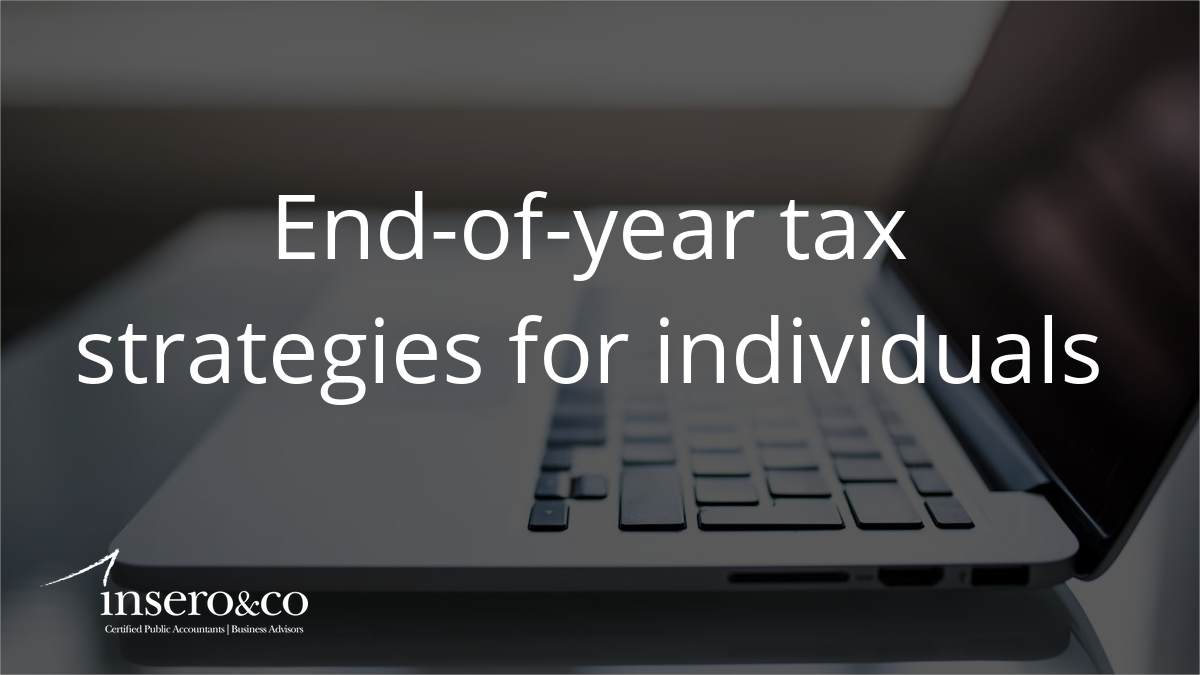This issue’s topics include:
IRS clarifies meaning of plan “contribution” for tax deduction purposes
When is an employer contribution to a retirement plan truly a contribution eligible for a tax deduction under ERISA Section 404(a)? Although this might seem like a rhetorical question, it was deemed worthy enough to warrant a ruling by the U.S. Supreme Court. The IRS also addressed the matter in a chief counsel memorandum (CCM). This article discusses how the issue can arise when a plan sponsor does something more complicated than simply transfer corporate funds from its own bank account to that of the retirement plan trust in a straightforward manner. A short sidebar covers several examples from the CCM.
Don E. Williams Co. v. Commissioner, 429 U.S. 569 (1977); IRS CCM 201935011
Now is the time for MEPs
DOL regulations liberalize commonality requirement
What are multiple employer plans (MEPs) and “open” MEPs? For sponsors of small defined contribution plans, now is the time to ask these questions, thanks to a liberalization of the Department of Labor (DOL) regulations governing MEPs that took effect last October. This article examines what MEPs are (open or otherwise), and what’s in it for plan sponsors.
29 C.F.R. 2510.3-55(c)(2)
Including financial wellness in your retirement plan strategy
Many employees are paying a high price for their inadvertent ignorance about personal finance matters, studies are concluding. The price isn’t measured solely in bad investment or spending decisions, but also emotional and physical health, as well as in diminished job productivity. Employees’ understanding of their employer’s retirement plan, or lack thereof, is a critical piece of the puzzle. This article discusses how designing a retirement plan educational strategy without considering employees’ financial wellness could yield disappointing results.
29 C.F.R. 2510.3-55(c)(2)
2019 vs. 2020 retirement plan limits
This chart contains updated retirement plan limits for 2020.
Compliance alert
This feature lists a few key tax reporting deadlines for February through April.
As always, we hope you enjoy this edition of our newsletter and we look forward to receiving your feedback. Should you have any questions regarding the information contained in the attached materials or our Employee Benefit Plan Services, please feel free to contact me directly.
Want to learn more?
Join our Employee Benefit Plan Resources group on LinkedIn for more frequent updates on recent developments and best practices and discuss related topics with your peers.





